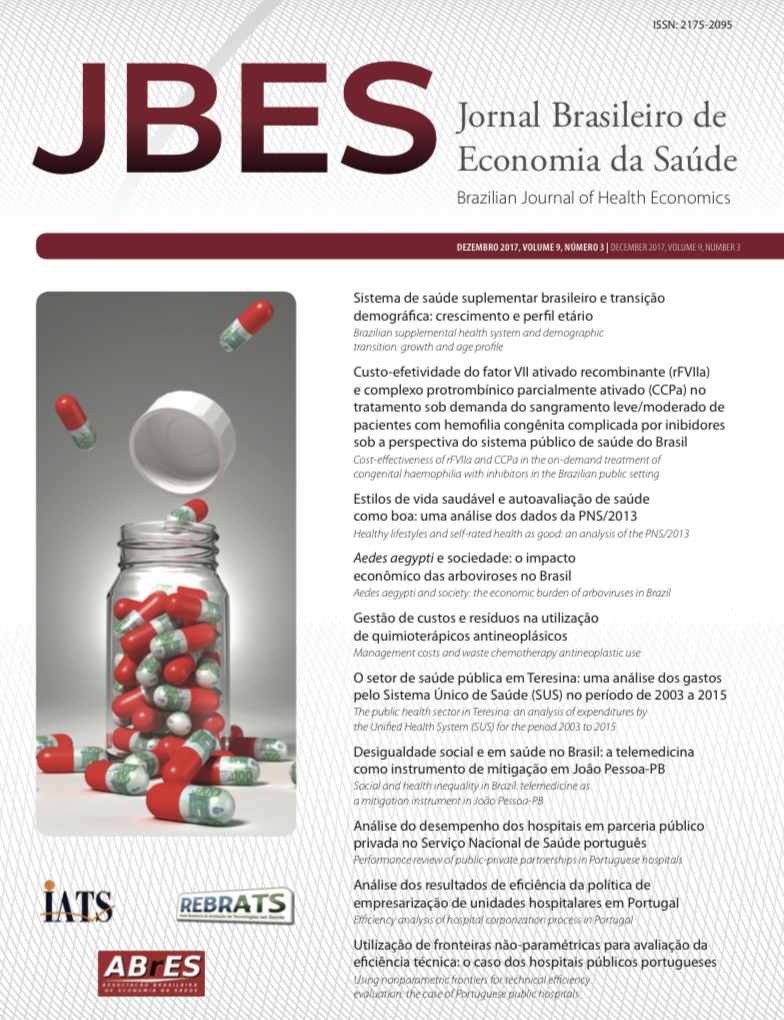Brazilian supplemental health system and demographic transition: growth and age profile
DOI:
https://doi.org/10.21115/JBES.v9.n3.p242-48Keywords:
supplemental health, demographic transition, BrazilAbstract
Objective: The article aims to evaluate the growth of the Brazilian population from 2000 to 2010 and to describe the profile and the beneficiary of the supplementary health sector. Method: This is a descriptive research in data from the National Supplementary Health Agency and the Brazilian Institute of Geography and Statistics. Results: The population aged 50-59 is the one that grew the most in Brazil (47.25%), the number of elderly (60 years or more) increased by 41.65% between 2000 and 2010. In the same period, the beneficiaries of the supplementary health system increased 43.73%, and 54.60% of them in the richest regions of the Country, Southeast and South. Conclusion: The expansion of the number of beneficiaries of the supplementary health system is more accelerated than population growth, and can be explained by a larger proportion of the working-age population, a benefit of collective business plans contracts






